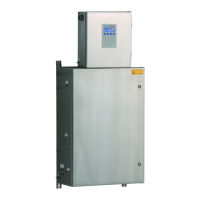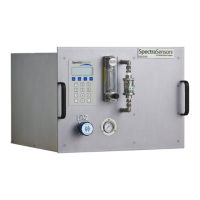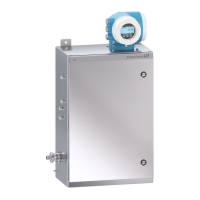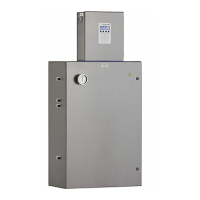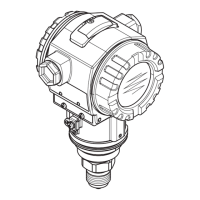Hardware Installation and Maintenance Manual v
LIST OF TABLES
Table 1–1. Fuse specifications . . . . . . . . . . . . . . . . . . . . . . . . . . . . . . . . . . 1-9
Table 3–1. Output signal connections . . . . . . . . . . . . . . . . . . . . . . . . . . . . . 3-9
Table A–1. SS500/SS2000 analyzer specifications . . . . . . . . . . . . . . . . . . . . A-1
Table A–2. SS500/SS2000 sample conditioning system specifications . . . . . . . A-2
Table A–3. Replacement parts for SS500/SS2000. . . . . . . . . . . . . . . . . . . . A-13
Table B–1. Potential instrument problems and solutions . . . . . . . . . . . . . . . B-19
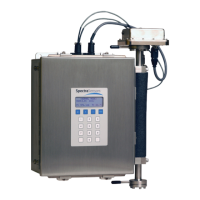
